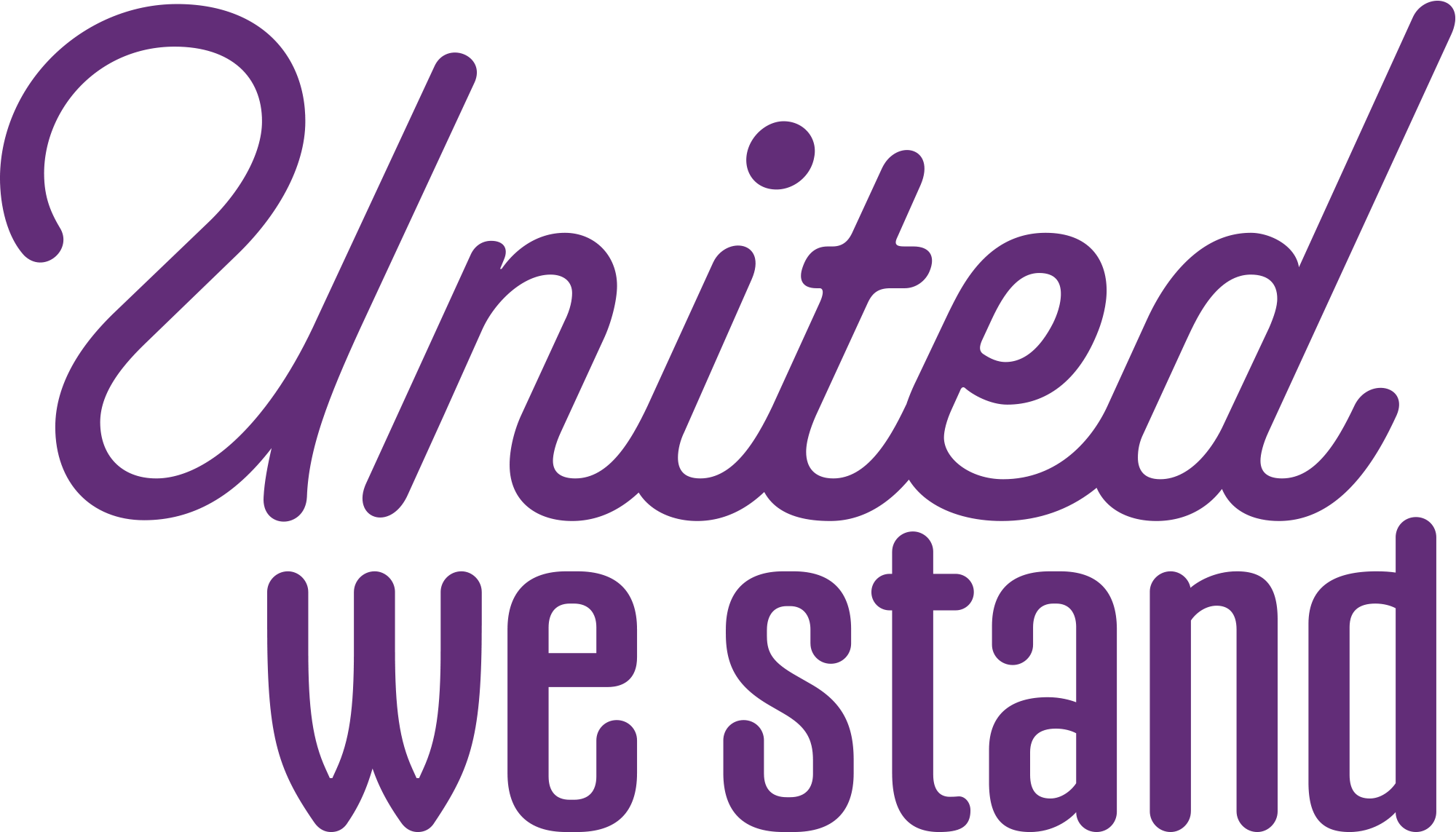

Building a high-functioning governance team
Research has found that leadership stability contributes to the success of an organization, while superintendent turnover creates “academic instability and organizational dysfunction,” according to a report by AASA, the School Superintendent Association. The report also cites research that superintendent turnover creates frustration in school districts due to ever-shifting priorities among school leaders, resulting in improvement efforts that are often not sustained.

“A well-functioning board has really transparent communication, a clear understanding of each role and always, first and foremost, a true commitment to students,” said Parvin Ahmadi, Castro Valley Unified School District superintendent, CSBA governance consultant and Association of California School Administrators president. “Understanding each other’s roles and having clarity around those roles and responsibilities is really important.”
The first step is establishing a mission, vision and goals for the LEA, something that might be best done in board study sessions, according to Ahmadi. She suggests building them into the governance calendar at the beginning of the year.
In the book “The Governance Core: School Boards, Superintendents, and Schools Working Together,” authors Davis Campbell (a former CSBA CEO & Executive Director) and Michael Fullan write about an LEA’s vision as its moral imperative that is “geared to real, concrete education goals for children.” From that moral imperative should flow the LEA’s unity of purpose — a common focus on goals, values and beliefs agreed upon by the governance team.
Parvin Ahmadi, superintendent, Castro Valley USD
Along with the creation of a strategic plan, creating governance protocols was top of mind for the Castro Valley team. “We had governance workshops where the board and myself really clarified our protocols, our procedures and how we’re going to work together,” explained Ahmadi. “I think those are invaluable and you have to establish board protocols that are clear, like communications about who a person is going to go to, how we visit schools, how we set the agenda — these technical things need to be clarified and understood and then published for the community as well so that they understand how we function as a governance team.”
North of Castro Valley USD in the Mendocino Forest is Upper Lake USD, a small but growing district of about 900 students that unified less than a decade ago under Superintendent Giovanni Annous. The board and superintendent began discussing board and meeting protocols and board-superintendent goals right away and set up bimonthly check ins to ensure they were on track.
While the board was enthusiastic about their positions, they had never participated in formal professional development. Annous made that a board priority and members attended both CSBA’s Masters in Governance® courses and the Annual Education Conference and Trade Show to learn best practices in board governance.
Role clarity and transparent communication has made this governance team a success, said Board President Diane Plante. “I think one of the best assets and attributes that our district has is very clear communication and transparency,” she said. “Dr. Annous is our employee and we are not going to overstep. It’s really clear that we drive policy, we support, we get on board with the goals and we have the five things we do: hire, fire and evaluate the superintendent; we create budget; and we drive policy. It’s important that we know what our roles are so we can provide him with clear direction and support so he can go out and push the initiatives forward.”
CSBA’s report on the school board’s role in student success cites evidence that professional development for all school district leaders can lead to improved student outcomes. “When a board uses effective governance strategies, it has more time and energy during and outside of meetings to focus on the factors that support better student outcomes — improving student achievement, engaging the community, and setting a collaborative relationship with the superintendent and other district staff,” states the report.
Board member Ana Santana said that trust is the key to successful working relationships in the district. “I really appreciate the communication that the superintendent has had with all of us,” she said. “And that has been one of the keys to the relationship we have as a board as well, because we trust in him and then we trust in each other. If Diane says, ‘Hey, we’re going to throw some initiative,’ we’re behind her. We might have some question as to why we’re going to do it that way, but we’re going to do it because we know we always have in mind the best interests of our district.”
One of the few growing districts in the state, the Upper Lake governance team is proud of the work they have been able to accomplish. Top of mind is graduation — in the first year of the district’s unification, 50 students graduated; this year saw 90 students, made up of 80 seniors and 10 juniors who participated in the district’s new dual enrollment program. They have also expanded their career technical education options, increased teacher salaries and attracted new staff, and launched a wellness center for students experiencing homelessness.
Diane Plante, board president, Upper Lake USD
Board President Adam Clark said Manansala’s intentional communication, training and the county governance philosophy drives this successful team. “It’s good lines of communication and just knowing that everybody has a very well-defined role and a very well-defined scope of responsibilities. It’s understanding that org chart, if you will, of how everybody is laid out and then engaging with them. And one of the things that Ed said at one of the very first meetings that I attended was that EDCOE operates under the assumption that everybody is working diligently and with the best of intentions.”
Clark also appreciates the autonomy given when dealing with duties specific to the county board. “Being a board member is about making policy choices. Ed described it as the ‘what’ and the ‘why.’ I think that’s very accurate. We deal with those issues on a macro level. We are also a means by which the community can be involved and exercise local control. In the COE, we have to provide administrative review of denials, of interdistrict transfers and expulsions, and those are all functions that we have to perform by code. And that’s something that I think I was pleasantly surprised that we are left to do on our own, not getting a lot of push from the administration one way or the other on any of those responsibilities.”

“The board disagreed a lot on what was best for kids and we weren’t focused on learning,” Gamoian said. “I feel like there were some agendas, there was a lack of respect. And in my first term, two board members left. And at that point, I think we all understood that we needed a new perspective and that’s why we did a nationwide search for a new superintendent.”
Education researcher and former superintendent at Livermore Valley Joint USD Kelly Bowers explained that the cultivation and maintenance of relational trust, based on integrity, respect, personal regard and competence, is a necessity for a high-functioning governance team. “It doesn’t mean they agree always. It doesn’t mean that they won’t disagree, but they will always do so in a manner that is setting an example for the children they serve and also showing the community that they can dissent, they can discuss, they can deliberate, but they will still be role models and be respectful in all interactions.”
Bowers said the first step in repairing a dysfunctional governance team is identifying where the “fractures” are. “Trustees and superintendents have to make conscious and intentional adjustments,” she said. “Be thoughtful, be strategic, be deliberate and also invest in relationships that humanize one another. Each person has something unique to bring to the table. Rather than blame, judge or dismiss someone, it’s about determining what structures and supports can be put in place to ensure that everyone is fully informed and has a voice and vote at the dais.”
And Visalia USD did just that. Through board self-evaluations, community meetings and surveys, the board revealed the community’s top concerns were lack of communication from the district, school safety and academics. The board used these focal points to narrow down their superintendent search to the person who could best address these areas — Kirk Shrum.
“The board then generated my evaluation for this first year based on those things that the community wants,” Shrum said. “And then we co-created an evaluation based on me meeting objectives within those areas. That provided a lot of clarity coming in about how I need to orient the district.”
The governance team held a series of workshops in which they created the district’s core beliefs and values. After about a year, they worked on a comprehensive strategic plan. And in between? The team focused on the goals identified by the community, using some early “easy wins” to begin to rebuild trust. They addressed some safety concerns by installing rapid response emergency systems at school sites and provided staff with training on active shooter responses. Shrum also hired a communications team, the first in the district, and launched campaigns to bring awareness of all the good happening in the district.
Those early wins signaled the district’s commitment to community concerns, allowing it to take more time to work on the hardest area — improving academics. Visalia formed partnerships with local universities to promote a college-going culture through guaranteed admissions if the student meets criteria. The board also approved a phonics program to improve student reading levels and a third year of math, an A-G requirement.
Board President Gaebe shared her perspective as a former district employee. “I really want to highlight how important that superintendent-board role is because, before, the superintendents didn’t really have that strong relationship with the board. There wasn’t that go-to person, where we have a through line of communication, and we’re all focused the same way. So, what was happening was board members at that time came to staff instead. And as staff, we were trained to not talk directly to board members — but then board members started thinking staff weren’t being forthright with them.
“The board’s role is that helicopter view,” Gaebe continued. “Realizing that the most important things we can do is provide that stability and that vision and that direction. We can pass along information from the community to the superintendent and have that confidence that our systems are working, which keeps us out of the weeds.”
“A unified school board doesn’t mean we always all agree or every vote’s going to be 100 percent together,” Shrum said. “But it’s about being able to communicate with each other in a respectful manner, where we’re able to talk about different thoughts and opinions, but then come out unified with our action.”